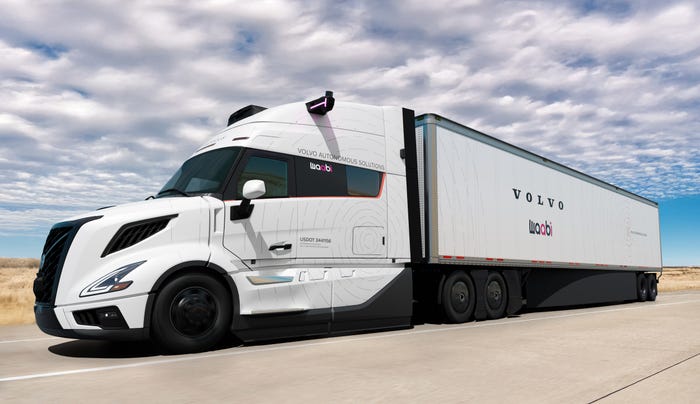Elderly Care Robot Developed to Offer Daily AssistanceElderly Care Robot Developed to Offer Daily Assistance
The robot, developed by a team of researchers in Spain, can perform domestic tasks including setting the table and carrying objects

Spanish researchers have created an elderly care robot to assist people with basic daily tasks.
The robot, dubbed the Autonomous Domestic Ambidextrous Manipulator (or ADAM), was developed by researchers at Spain's Universidad Carlos III alongside robotics manufacturer Robotnik.
ADAM is an indoor mobile robot outfitted with two gripper-topped arms and a vision system, capable of navigating around a space and assisting with “tedious or complicated” domestic tasks such as carrying objects, moving furniture, sweeping floors, pouring drinks and preparing food.
In a video demonstration, ADAM is shown laying the table and pouring water.
The team said ADAM stands apart from other health care robots in its modularity, adaptability to indoor environments, and its “versatility to function as an experimental platform and for service applications.”
ADAM can work collaboratively with other robotic platforms by communicating with them for tasks where more than one robot is needed. The robot also uses an imitation learning model that allows it to learn from experiences,
The team said the design responds to a rapidly aging population, leveraging technological innovations to offer new levels of assistance to the elderly and infirm.
“Faced with the growing number of people who require cognitive or physical assistance, new technological tools are emerging to help them,” the team wrote. “We present the ADAM robot, a new robot designed for domestic physical assistance”
In the future, the team said it will develop ADAM’s hardware, vision, manipulation and navigation capabilities to allow it to complete a wider array of tasks around the home.
“This includes the implementation of a robotic neck to support a head containing the vision sensors, allowing to automatically adjust the robot's point of view,” the team said. “[As well as] a redesign of the arms to expand its workspace and the integration of robotic hands to be used in grasping applications where more precision is required.”
About the Author
You May Also Like





.jpg?width=300&auto=webp&quality=80&disable=upscale)


